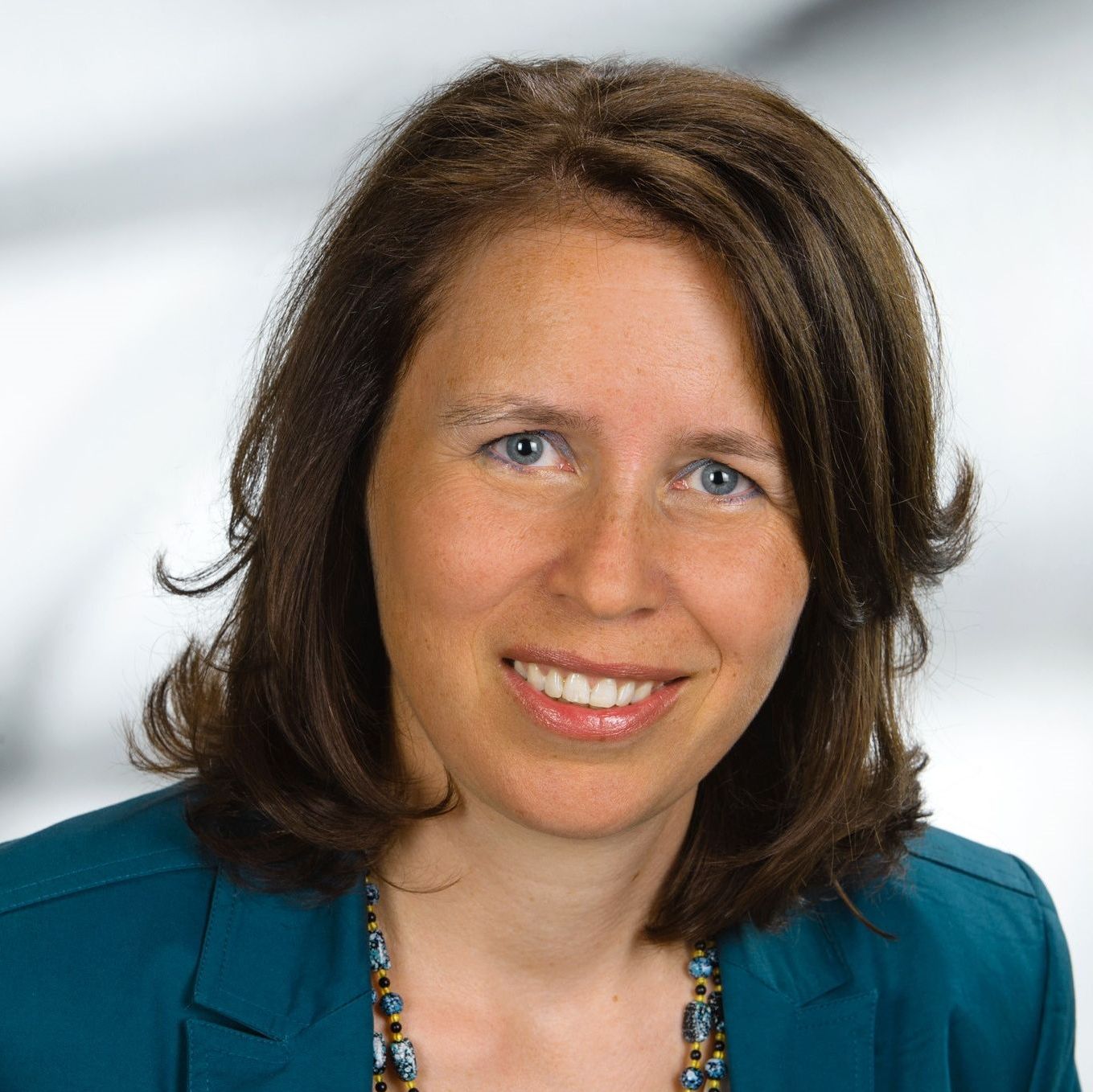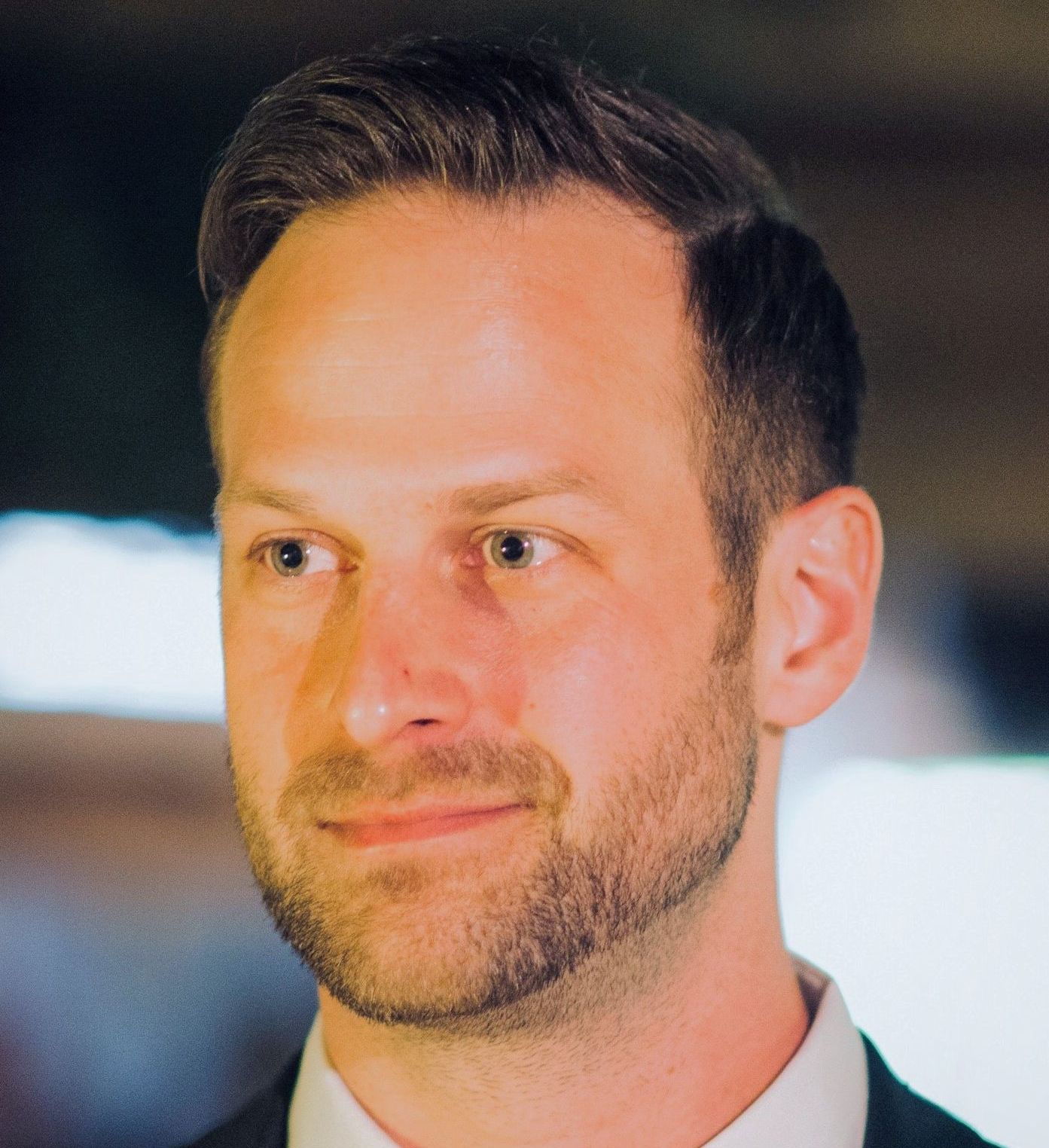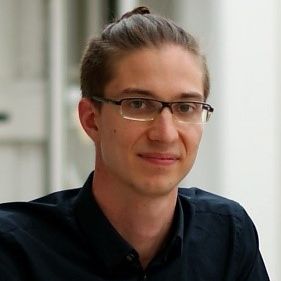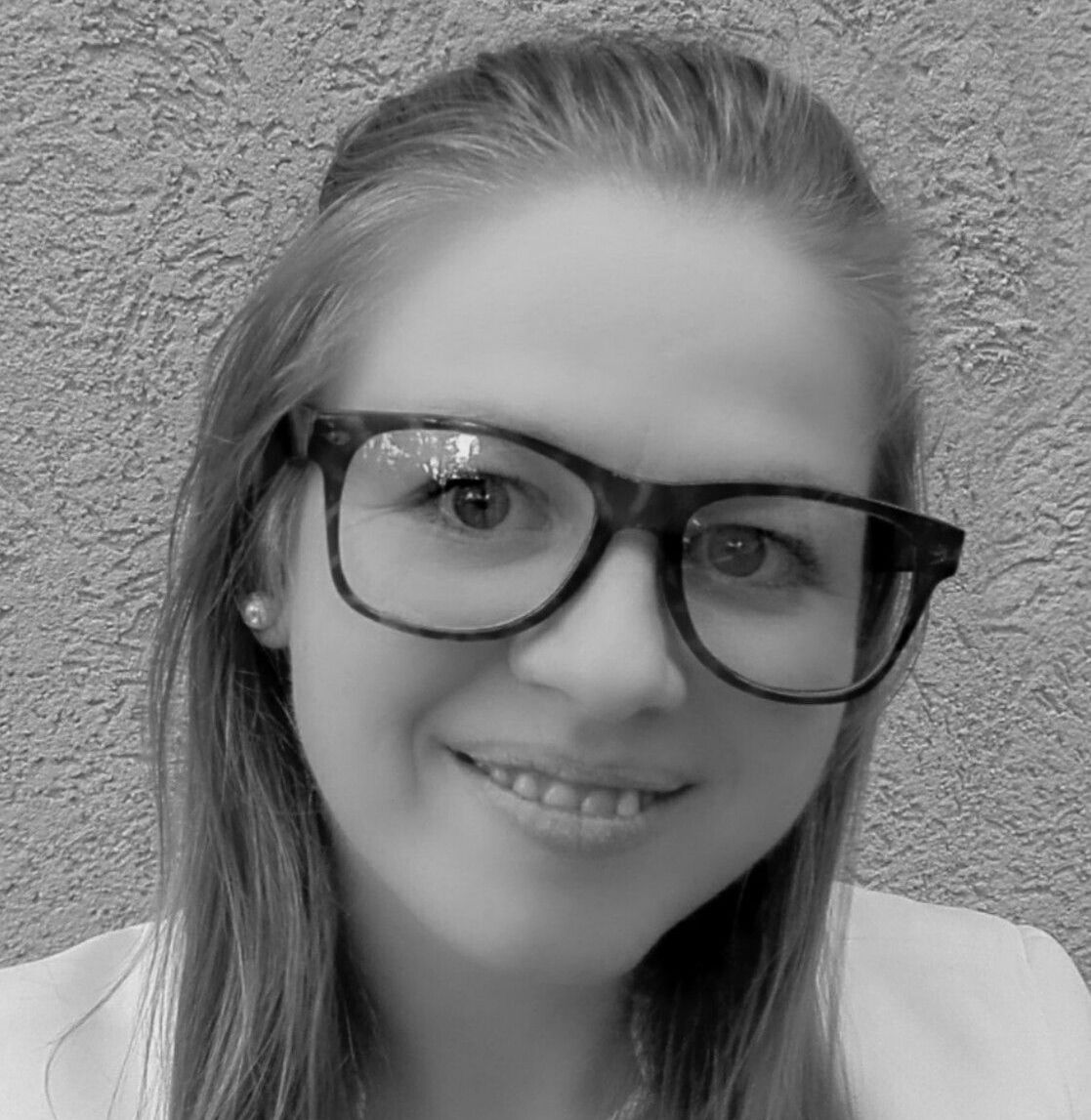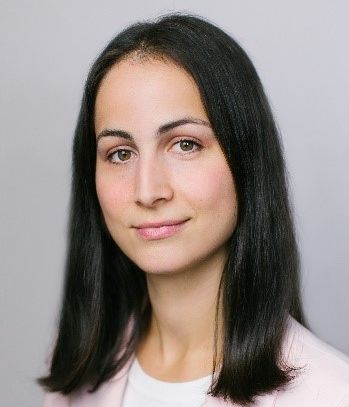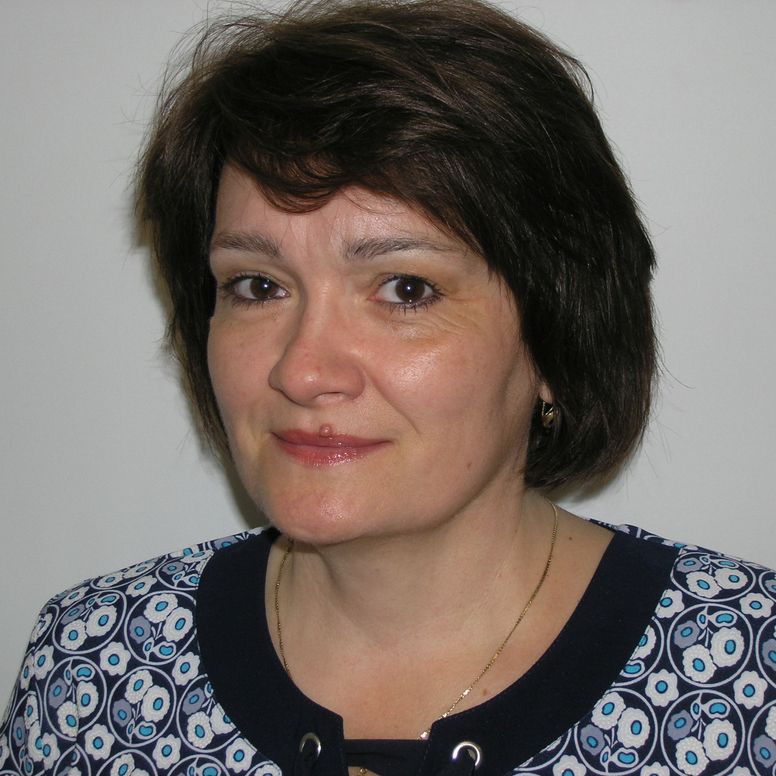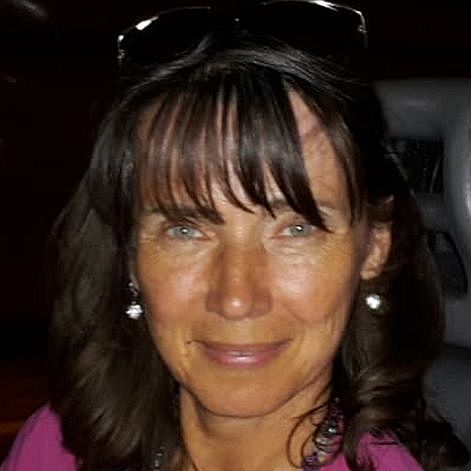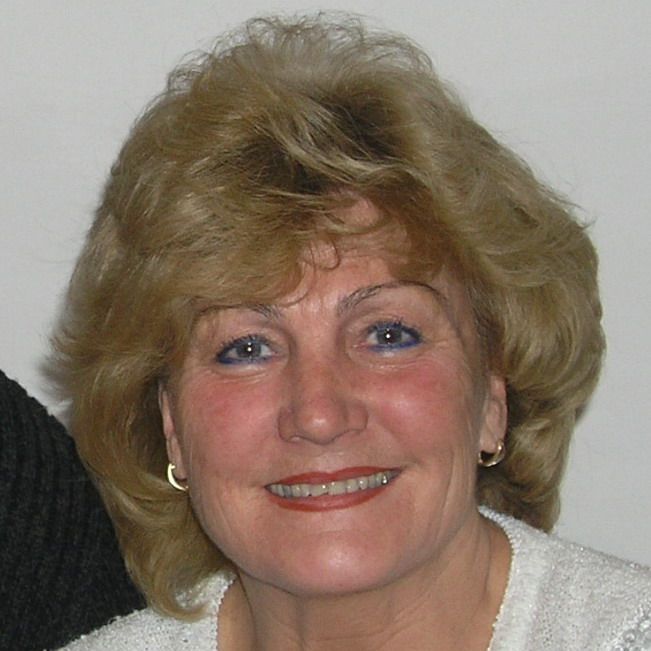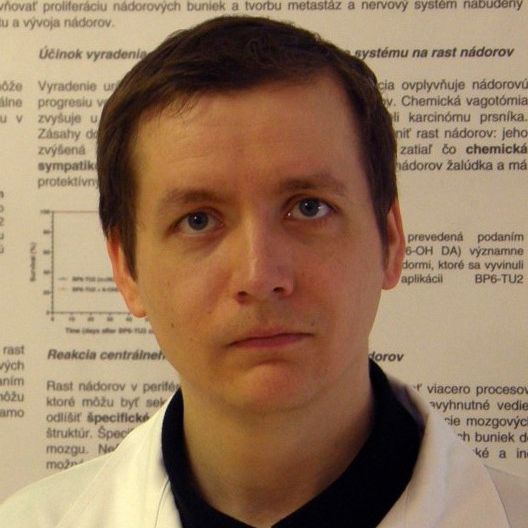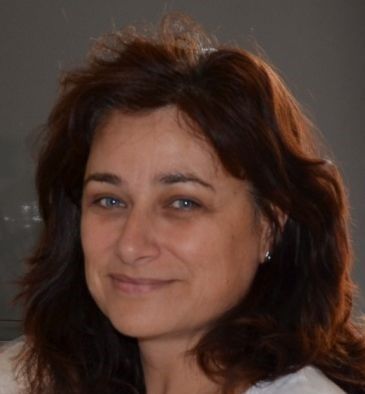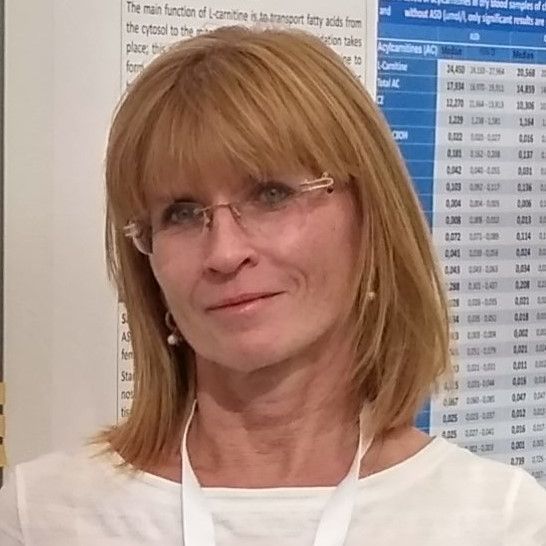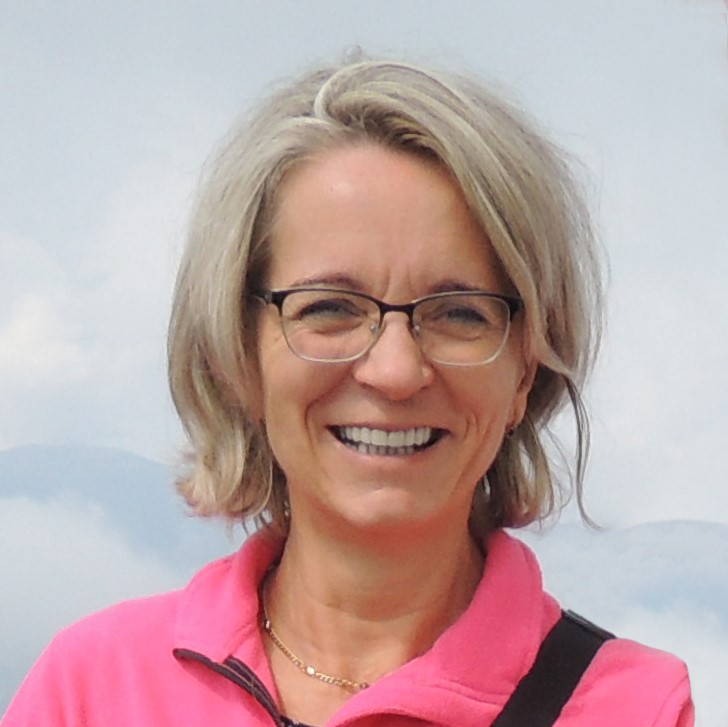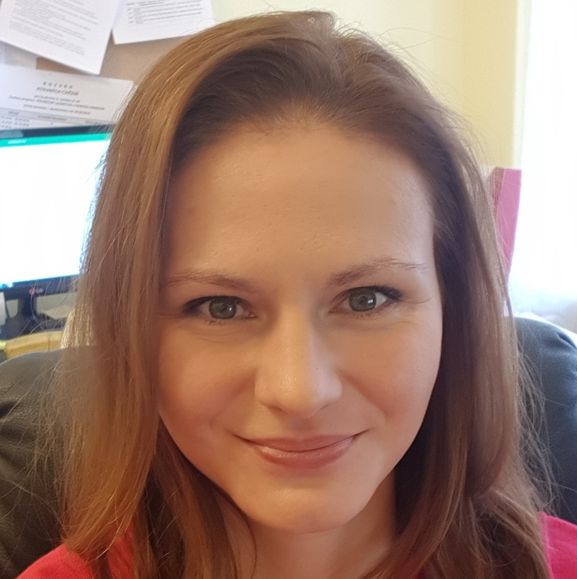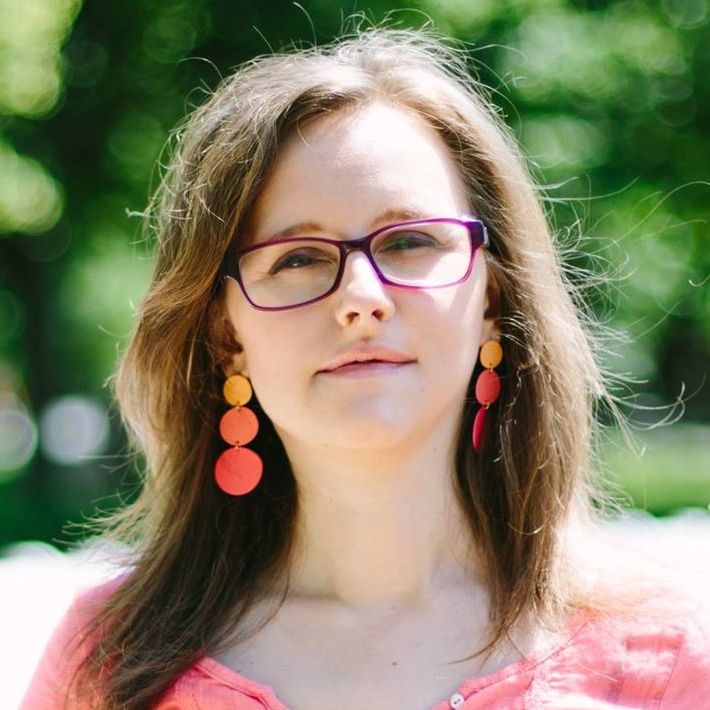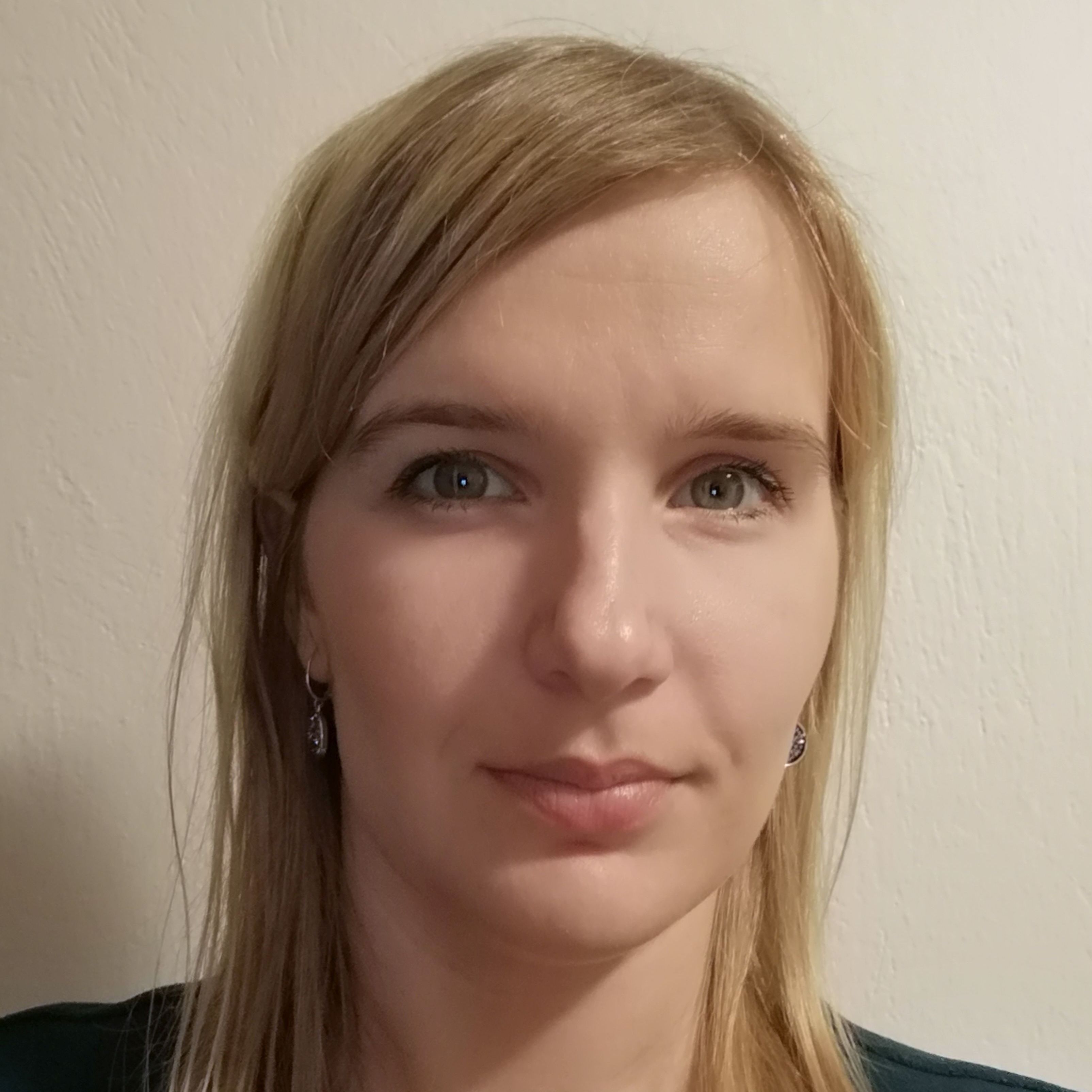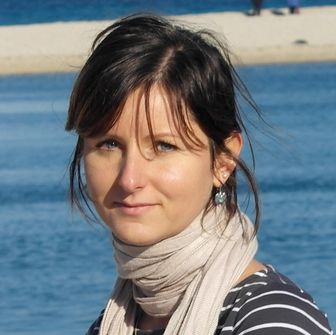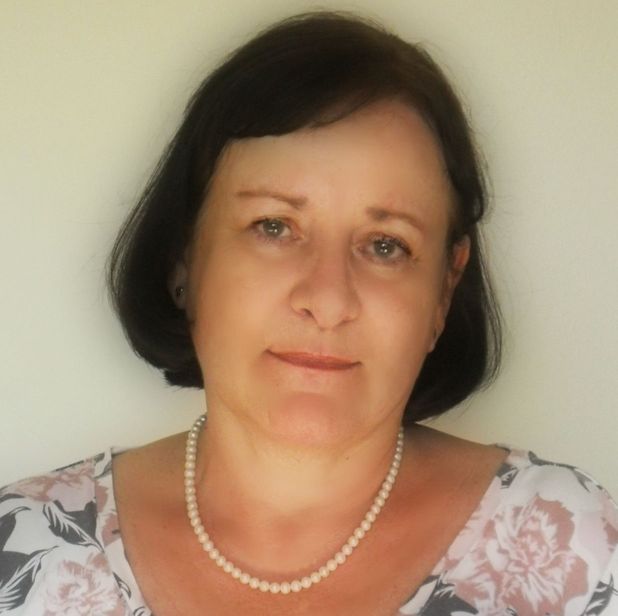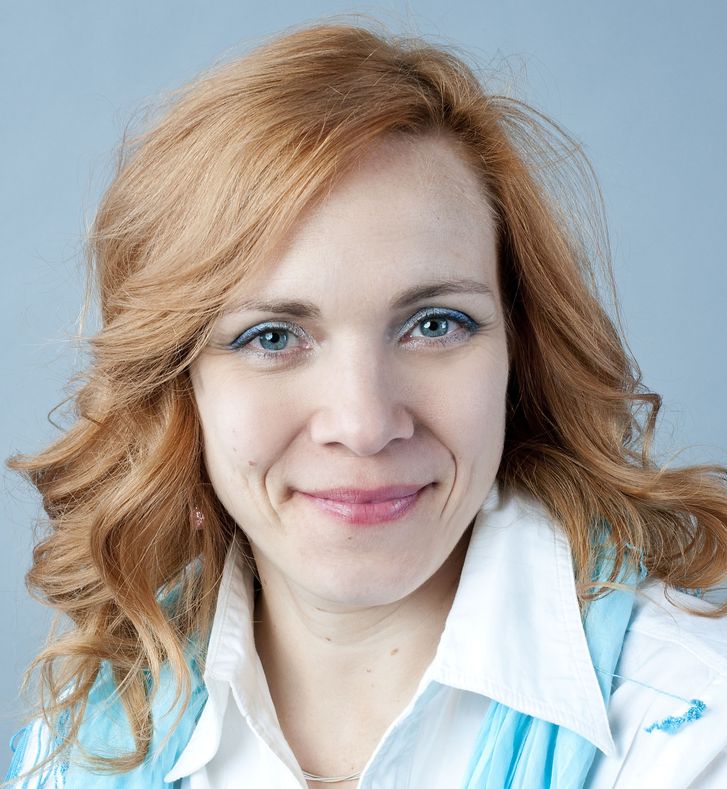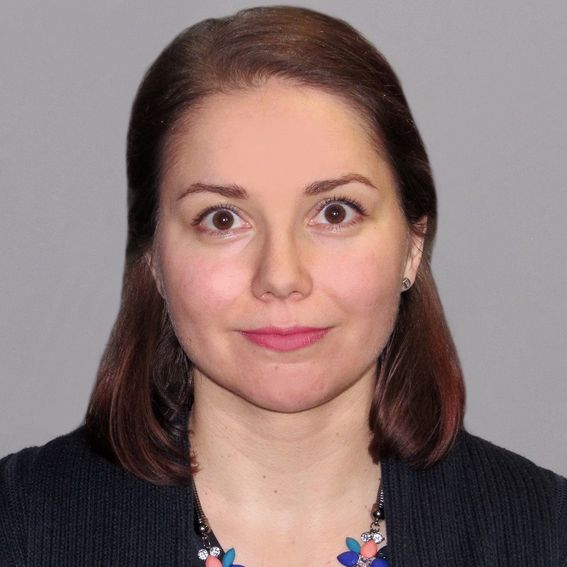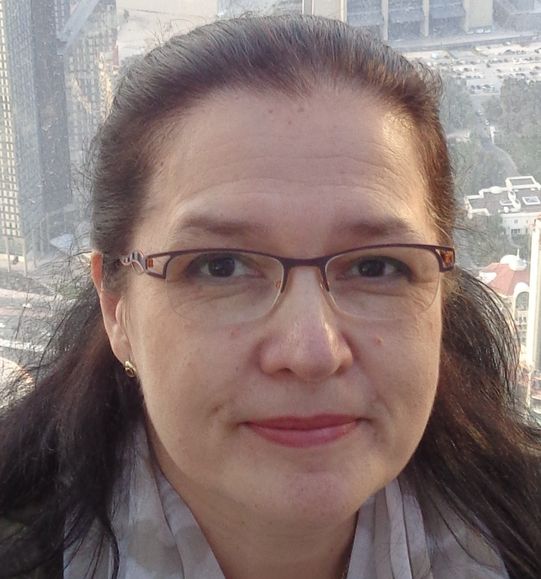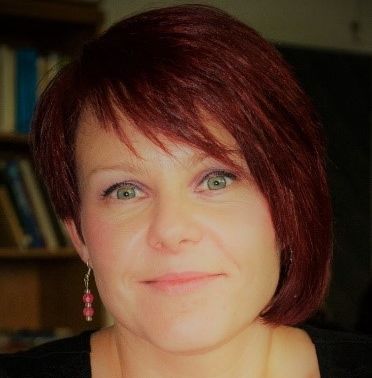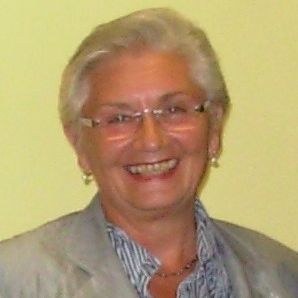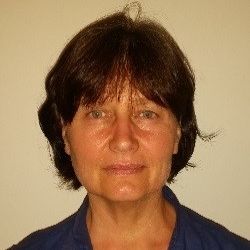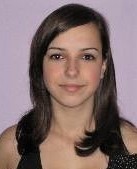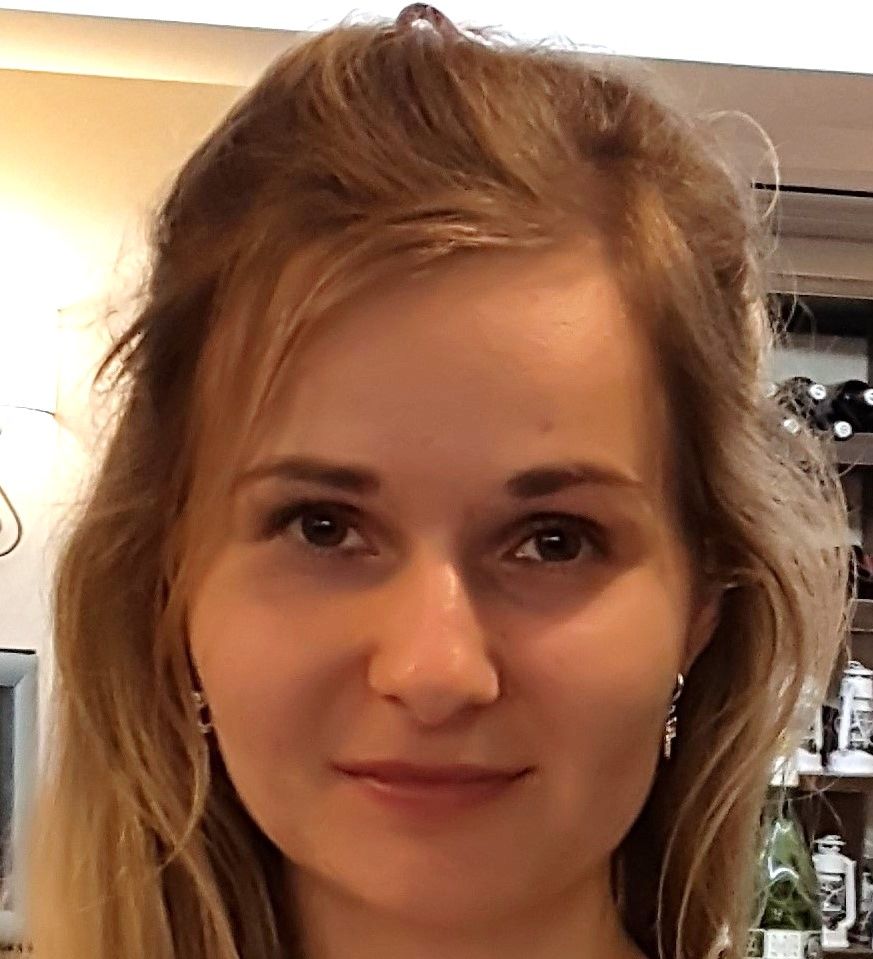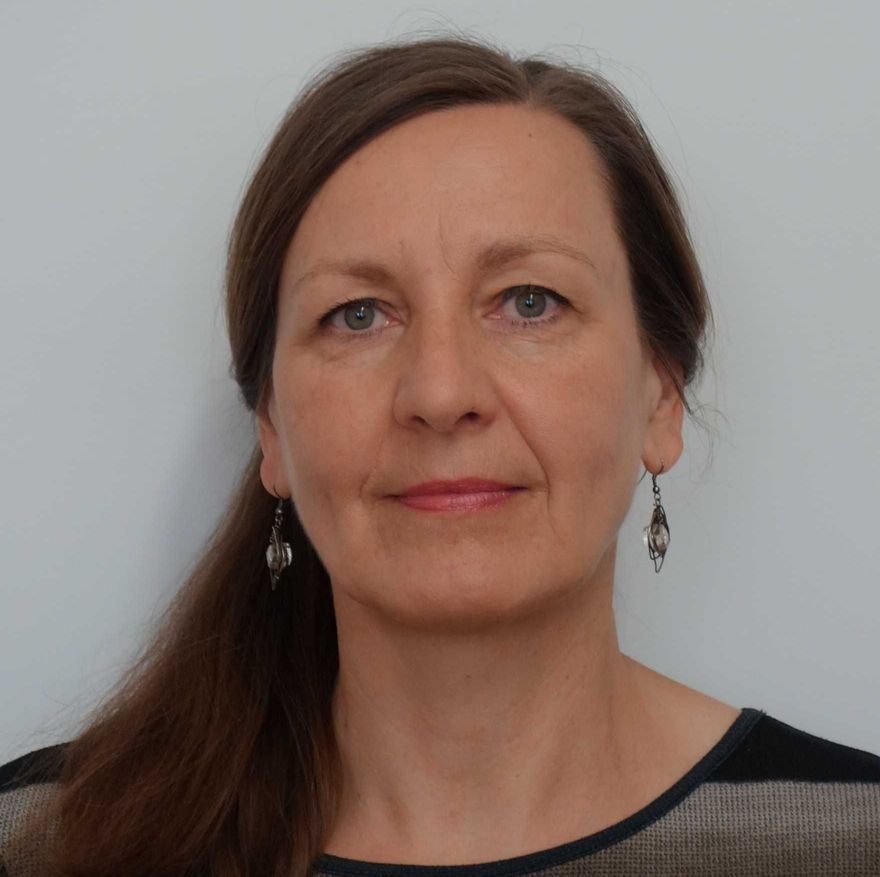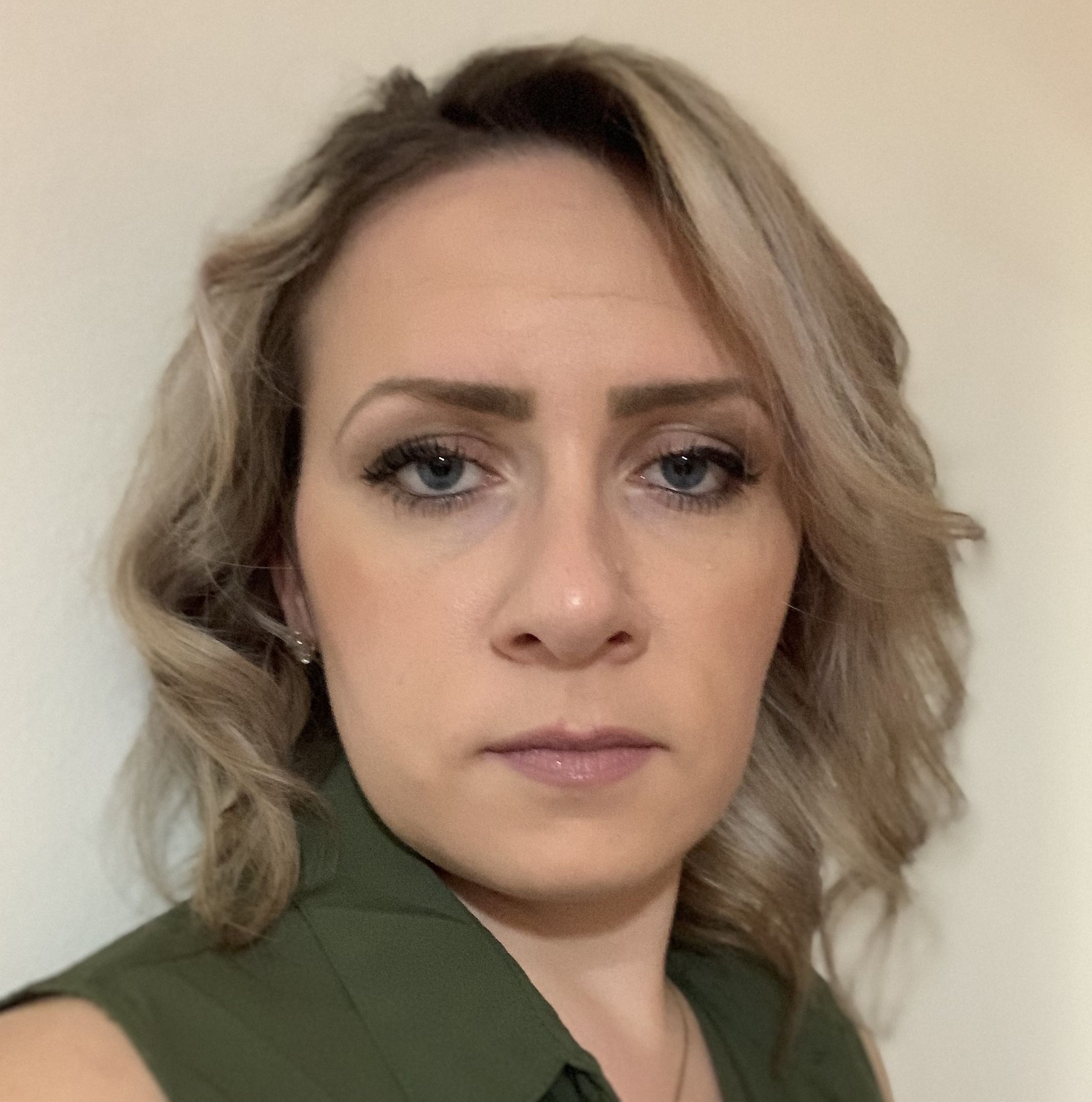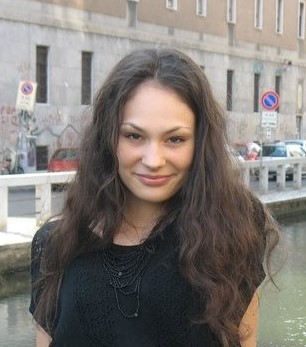
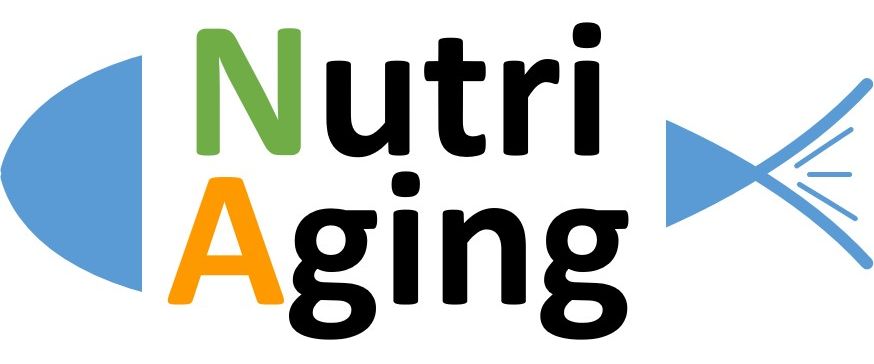
NutriAging
Welcome to the official site of the NutriAging project, realized under the Interreg V-A Cross-border Cooperation Program of the Slovak Republic - Austria, Priority Axis 1: Contributing to the Intelligent Cross-Border Region
The Interreg Program supports the cooperation of major research institutes from Slovakia (Bratislava) and Austria (Vienna), the task of which is the mutual exchange of experience and knowledge and their subsequent dissemination to the general public.
About the project
The constant increase in life expectancy in Central Europe, accompanied with age-related diseases, presents a socio-economic challenge that will become a considerable financial burden for the health service in the future.
Particularly a cross-border region between Vienna and Bratislava is characterized by the highest incidence of diseases such as diabetes, dementia, cancer or cardiovascular diseases. The average life expectancy in Slovakia is 73.2 years (males) / 80 years (females) (SO SR, 2014) and in Austria 78.0 years (males) / 83.3 years (females) (Statistik Austria, 2015). The inhabitants of Slovakia are leaders in the shortest ''healthy lifestyle'' in the EU. The causes are different, but we can see the lack of investment in health care, inappropriate eating habits and inappropriate lifestyle.
A healthy lifestyle, including diet and physical activity, contributes to a significant reduction of chronic diseases and to an increase in quality of life, including the mental health. In particular, some nutrients (vitamin D, proteins, omega-3 fatty acids) have been found reduced in the diet of seniors. In addition, an appropriate diet in geriatric care and institutions for the elderly is often neglected and does not receive sufficient attention, although its importance is scientifically based.
Therefore, it is necessary to raise the awareness about the healthy nutrition and diet of seniors, future seniors, as well as all the people who support seniors in their life situation
Project Aims
to improve the quality of life by raising awareness of healthy nutrition need, which will contribute to the prevention of ''unhealthy'' aging,
to reduce the incidence of age-related diseases such as cardiovascular diseases, rheumatoid arthritis, diabetes mellitus and mental disorders (depressive disorder, Alzheimer's and Parkinson's) in the cross-border region, and reduce the cost of healthcare associated with aging - improving nutrition and health awareness of older people of today and tomorrow, as well as of health care professionals and nurses in the cross-border area of AT-SK,
in the research section to monitor the impact of selected nutrients (vitamin D, omega-3 fatty acids and proteins) on the health of the elderly,
to identify markers of ''healthy'' physical and mental aging,
to train the elderly of today and tomorrow as well as health care professionals and nursing staff about the role of nutrition in healthy aging.
Project partners

University of Vienna
Department of Nutritional Sciences
Research Platform Active Ageing
Centre of Sport Science and University Sports

Comenius University in Bratislava
Faculty of Medicine
Institute of Medical Chemistry, Biochemistry and Clinical Biochemistry
-
Federal Ministry of Health and Women
Representative: Priv.Doz. Dr. Pamela Rendi-Wagner
-
Association of Hospitals in Vienna
Representative: Dr. Eva – Maria Strasser
The Vienna Health Support
Representative: Mag. Christian Fessl, Dennis Beck
Kuratorium Wiener Pensionistenwohnhäuser
Representative: Mag. Jennifer Obermayr
-
Wien - Magistratsabteilung 13 - Bildung und außerschulische Jugendbetreuung
Representative: Mag. Brigitte Bauer-Sebek
-
Österreichische Gesellschaft für Ernährung
Representative: Mag. Alexandra Hofer
-
Association of Providers of Social Services of the Slovak Republic
Čachtická 17, 831 06 Bratislava – Rača, Slovak Republic, http://www.apssvsr.sk/
Representative: Ing. Milada Dobrotková, MPH, predsedníčka -
The Unity of Pensioners of Slovakia
Krajská organizácia JDS Trnava, Hlavná 7, 917 01 Trnava, Slovak Republic
Representative: Margita Fabiánová, predsedníčka KO JDS Trnava (pre región trnavského kraja) Bagar Civic Association
Azalková 4, 821 01 Bratislava, Slovak Republic
Representative: PhDr. Miloš Nemeček, prezident OZ BagarSlovak Gerontological and Geriatric Society
Geriatric Clinic, Faculty of Medicine, Comenius University and FH, Limbová 5, 83301 Bratislava – Nové mesto, Slovak Republic, https://www.geriatri.sk/
Representatives: Doc. MUDr. Martin Dúbrava, CSc – Head of the Clinic
Prof. MUDR. Silvester Krčméry, CSc.– President of Society-
Comenius University, Faculty of Physical Education and Sports
Nábrežie arm, gen. L. Svobodu 9, Bratislava, Slovak Republic
Representatives: doc. Mgr. Marián Vanderka, PhD. - dean
Mgr. Ján Cvečka, PhD. – Head of the Diagnostic Center of prof. Hamara
Technical staff
Viera Ujlakyová – assistent of project manager
Chrappová Mária – administrative worker
Opálená Daniela – laboratory technician
Chandogová Ľubica - laboratory technician
Oľga Reinoldová – laboratory technician
Publication outputs
2023_Draxler et al._Redox Biology
2022_Unterberger et al._Clinical Nutrition
2022_Teresa_Ridder_Diploma_Thesis
2022_Tamara_Stelzer_Masterarbeit
2022_Sabine Trettenhahn_Masterarbeit
2022_Nadine Setka_Masterarbeit
2022_Dorninger Julia_Masterarbeit
2021_Žitňanová_časopis Šanca
2021_Ďuračková_časopis Šanca
2021_Wagner et al._Mut.Res.Reviews
2021_Spasova Monika_Masterarbeit
2021_Paduchová_A STÁLE ŽIJEME V ČASE COVIDU
2021_Nataly Abramov_Diplomarbeit
2021_Maier Alexander_Masterarbeit
2021_Koňariková_Laboratórna diagnostika
2021_Koňariková_A STÁLE ŽIJEME V ČASE COVIDU
2021_Johannes Cortolezis_Masterarbeit
2021_Janubová_časopis Šanca
2021_Janubová_A STÁLE ŽIJEME V ČASE COVIDU
2021_Gajdošová_časopis Šanca
2021_Gajdošová_A STÁLE ŽIJEME V ČASE COVIDU
2021_Draxler et al._Nutrients
2021_Delariach Carina_Masterarbeit
2021_Charlotte Raimerth_Diplomarbeit
2021_Burndorfer Marlene_Masterarbeit
2021_Baron Ricarda_Masterarbeit
2021_Aschauer et al._Nutrients
2020_Žitňanová_SPOMIENKA NA LADZIANSKEHO
2020_Žitňanová et al._CLINICAL BIOCHEMISTRY
2020_Ďuračková_článok na SENIOR.SK_Staroba v zdraví či chorobe
2020_Ďuračková_článok na SENIOR.SK_Baktérie
2020_Černáčková et al._ J. Clin Neuroscience
2020_Sanja Kelecevic_Diplomarbeit
2020_Mladosievičová_Országhová_Onkológia
2020_Koňariková et al_SPOMIENKA NA LADZIANSKEHO
2020_Katharina Cellnigg_Masterarbeit
2020_Janubová_Žitňanová_SPOMIENKA NA LADZIANSKEHO
2020_Janubová_článok na SENIOR.SK_Vitamín D
2020_Janubová et al._Mol Cell Bioch
2020_Janubová Mária_PhD thesis
2020_Interaktívna konferencia PREVEDA, máj 2020_Janubová, Koňariková, ŽItňanová
2020_Gajdošová_článok na SENIOR.SK_Omega MK
2020_Franzke et al._Mutation Research
2020_Dimana Mitova_Masterarbeit
2020_Derya_Kilinc_Masterarbeit
2020_Daniela Gruber_Masterarbeit
2020_Daniela Astrid Fichtinger_ Masterarbeit
2020_Christiane Theresa Schinnerl_Masterarbeit
2019_Sedlák_Žitňanová__ANATÓMIA-100 ROKOV LF UK
2019_Sedlák Martin_Diplomová práca
2019_Samira Rube_Masterarbeit
2019_Raphaela Staltner_Masterarbeit
2019_Országhová_Buchta_ANATÓMIA-100 ROKOV LF UK
2019_Linda Hofbauer_Masterarbeit
2019_Buchta_Diploma thesis
2019_Bianca Wolf_Masterarbeit
2018_Muchová, Janubová, Žitňanová_HORIZONTY ANATÓMIE
2018_Janubová, Žitňanová_HORIZONTY ANATÓMIE
Project events
29 September 2021 - ONLINE
20 September, 2022 - ON-SITE and ONLINE
Lectures in pdf
00_Plenary lecture_Oravec_2nd_NutriAging Summer School
01_Paduchová_2nd_NutriAging Summer School
02_Sumbalová_2nd_NutriAging Summer School
03 Koňariková_2nd_NutriAging Summer School
04_Janubová_2nd_NutriAging Summer School
05_Gajdošová_2nd_NutriAging Summer School
06_Draxler_2nd_NutriAging Summer School
07_Unterberger_2nd_NutriAging Summer School
08_Stelzer_2nd_NutriAging Summer School
09_Bragagna_2nd_NutriAging Summer School
10_Zoehrer_2nd_NutriAging Summer School
21 September, 2022 - ON-SITE and ONLINE
Lectures in pdf
01_Batyás_MIRRI_Final Conference
02_Wagner_Introduction_Final Conference
03_Muchová_Introduction_Final conference
04_Žitňanová_Final Conference
05_Wagner_Output Vienna_Final Conference
06_Franzke_Final Conference
08_Cvečka_CAA_Final Conference
09_Bušová_Final Conference
10_Muchová_Achievements Nutriaging_Final Conference
INFORMATION MATERIAL ON NUTRITION AND AGING
Healthy aging (60 questions and 60 answers) (german)
Flyer zur NUTRIAGING Studie (german)
One-Pager Strategische Partnerschaften (german)
Information materials about nutrition and aging - for seniors (german)
Information materials about nutrition and aging - for for caregivers (german)
Information materials about nutrition and aging - for the professional community (in german)
Project budget
The project is co-financed by the European Regional Development Fund under the Interreg V-A Operational Program of the Slovak Republic - Austria
Total eligible budget
765 292 EUR
EU contribution
650 498 EUR
Partner's own resources
114 794 EUR
Total eligible budget
543 441 EUR
EU contribution
461 925 EUR
Partner's own resources
27 172 EUR
Co-financing (SR budget)
54 344 EUR

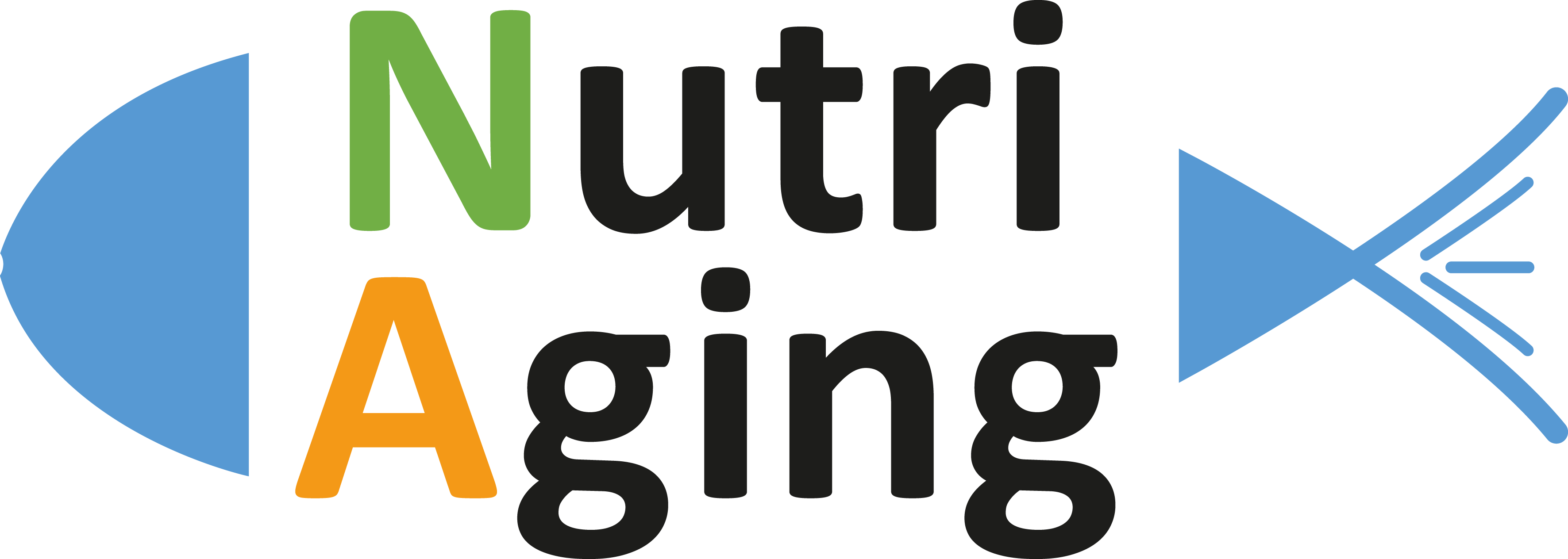
Frequently asked questions
Ten Tips to Healthy Eating
- Eat a diverse diet. To maintain your health, you need over 40 different nutrients and no single food can supply all of them. The higher the variety in the diet, the lower is the risk of a unbalanced diet. If you have a high fat meal, have a low-fat dinner. If you eat a large portion of meat in one day, you can choose fish for the next day.
- The basis of your nutrition is carbohydrate-rich food. Most people do not eat enough food rich in carbohydrates like bread, pasta, rice, other cereals or potatoes. More than half of the calories (50-55% of the daily energy) in the diet should come from carbohydrates. Prefer whole grain products to increase your fiber intake.
- Eat fruits and vegetables several times per day: Enjoy at least 3 portions of vegetables and 2 portions of fruit each day. This could also include legumes such as lentils, chickpeas and beans as well as (unsalted) nuts. Vegetables and fruit supply you with plenty of nutrients, dietary fiber and phytochemicals and also contribute to satiation.
- Drink sufficiently: Drink about 1.5 liters per day. Water or other calorie-free beverages, such as unsweetened tea, are the best choice. Sugar-sweetened and alcoholic beverages are not recommendable.
- Keep a healthy body weight and feel good. Which weight is appropriate for you, depends on a number of factors, including gender, height, age and inheritance. Excessive weight increases the likelihood of many diseases including heart disease and cancer. Physical activity is a good way to increase your daily energy expenditure and to improve your quality of life.
- Milk- and milk products – Consume milk and dairy products such as yoghurt and cheese 3 times daily Be careful and prefer the low fat variations. Take cream and butter carefully. Eat fish at least once per week.
- Reduce meat, sausage, sugar and salt: Meet and sausage — max. 2 bis 3 portions per week, max. 3 eggs weekly. From meat and sausages take small and low fat portions. Prefer white meat.
Sugar-sweetened foods and beverages are not recommendable and should be avoided whenever possible. Sugar should only be consumed in small amounts.
Limit the consumption of salt and reduce the proportion of high-salt foods. Be creative in flavouring with herbs and spices. - Chose health promoting fats: Prefer vegetable oils and fats such as rapeseed oil or nuts. Avoid hidden fats. Fat is often „invisibly“ present in processed foods like sausage, pastry, sweets, fast food and convenience products.
- Prepare your food carefully: Cook food as long as necessary but as short as possible, using little amount of water and fat. Avoid burning the food during roasting, grilling, baking and frying.
- Stay active: Combine a wholesome diet with plenty of physical activity. It is not only regular exercise which is helpful, but also an active daily life which includes frequent walking and cycling.
Well-being depends on the physical and mental stimulation. Good physical conditions positively affects physical and mental health. About half of the people after the fifth decade of life are suffering from memory impairments, about three quarters after the age of seventy. Memory problems, however, sometimes also have younger people, including pupils and students.
Body cells are acting very efficiently at conditions of good health. In stages of inactivity or when we are bedridden then we need time for rehabilitation. Appropriate physical activity leads to a “stimulation” of brain cells. This means that an active lifestyle is needed for an active cell metabolism, however, inactivity causes the opposite.
Today we know that probably the only effective preventive tool against premature aging of the brain is the training of cognitive functions. It is building a "mental reserve". Memory training is important because it keeps the brain active and healthy. In addition, it helps to release certain substances that are important for an active immune system and protect the brain from diseases and damage.
Brain practice needs to be done in every stage of life, especially during aging. Every day we could find time for activities that keep our brain “on alert”. This comprises reading of books, playing parlor games like scrabble or bridge, finishing crossword puzzles, or communication with other people. This means that memory training and communication is not only socially needed, bur also important to train the brain and contribute to the prevention of mental diseases.
The Alzheimer's Dementia is the official name of the disease, which is annually the diagnose for thousands of people around the world. It mainly affects people over the age of 65 years, but also younger people.
The word dementia comes from the Latin dementia, that is, irrationality, imprecision. He was first used by Aurelius Cornelius Celsus in the book "De medicine" in the 1st century AD. As a medical term, the expression dementia appears later at Filip PinAlois Alzheimer's, the head physician at La Salpetriere at the Paris hospital. Pinel is considered to be a creator of a modern approach to mental illness that has introduced an element of human attitude and kindness into the care of the mentally handicapped. In 1801 he published a book on mental illness, describing the psychiatric syndrome he calls dementia. In modern psychiatric classification, the concept of dementia was introduced in 1814 by Filip Pinela's student Dominique Esquirol. He has marked it as a brain disease characterized by a weakening of perception, communication and will.
In the 19th century, the development of medical science continued, a microscope with sufficient resolution to detect the atrophy of brain cells. At this time, Alojz Alzheimer was the one who made fundamental discoveries in the study of dementia due to microscopic analysis.
He was born in 1864 in the German village of Markbreit. Psychiatric practice began at the Hospital for Mental Illness and Epileptics in Frankfurt am Main where he was interested in the treatment of mental illness.
Very soon he became a recognized authority in the clinic of senile dementia. Because he was also a skilled laboratory technician, he achieved considerable accuracy in the descriptions of microscopic pathology. In 1902, he was invited to work at the University of Heidelberg with Professor Emil Kraepelin, the founder of modern clinical psychiatry. When Kraepelin was commissioned to lead a new clinical and research center in Munich, he had taken Alzheimer, 35 year old at the time, with him. New techniques of microscopic brain tissue staining enabled him to identify changes in brain cell architecture that accompany arteriosclerosis and senility. Alzheimer discussed his findings on the brain pathology and symptoms of presenile dementia on 3 November 1906, at the Tübingen meeting of the Southwest German Psychiatrists, however colleagues were not very interested.

